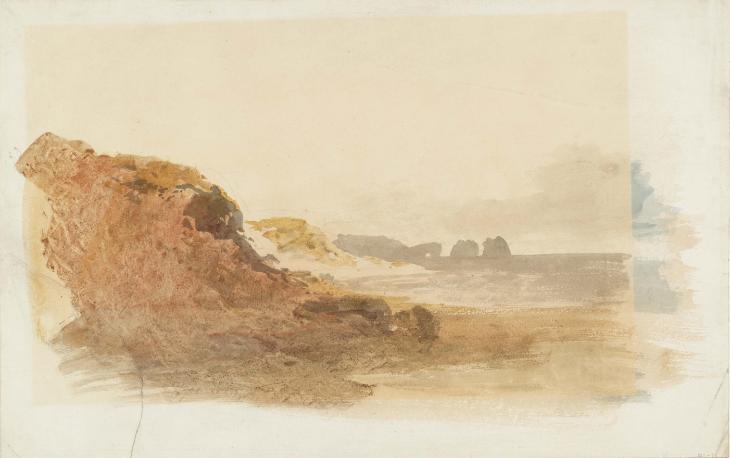Exhibition history
References
How to cite
Andrew Wilton, ‘Rocks ?on the South Coast of Wales 1798 by Joseph Mallord William Turner’, catalogue entry, May 2013, in David Blayney Brown (ed.), J.M.W. Turner: Sketchbooks, Drawings and Watercolours, Tate Research Publication, April 2015, https://www

